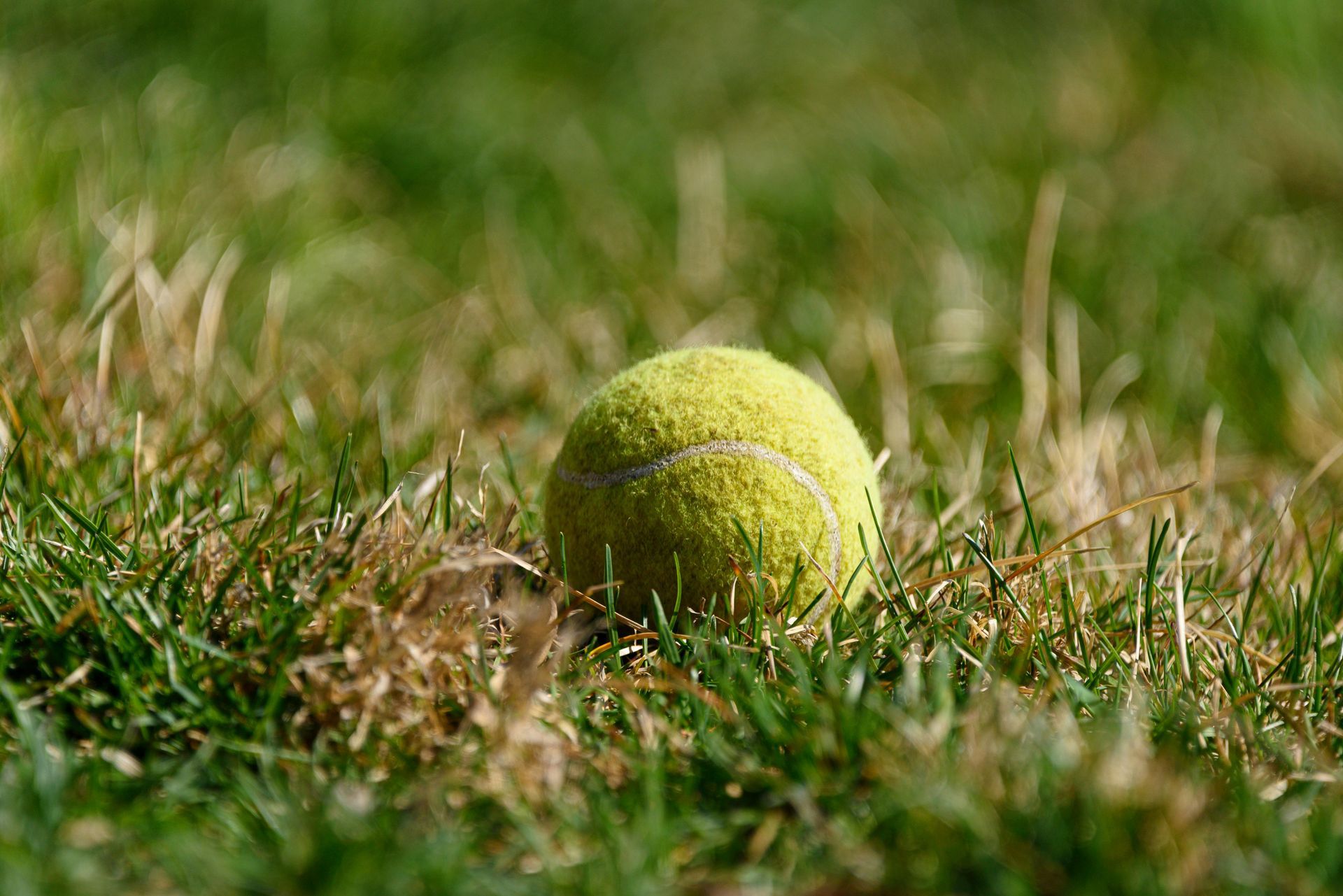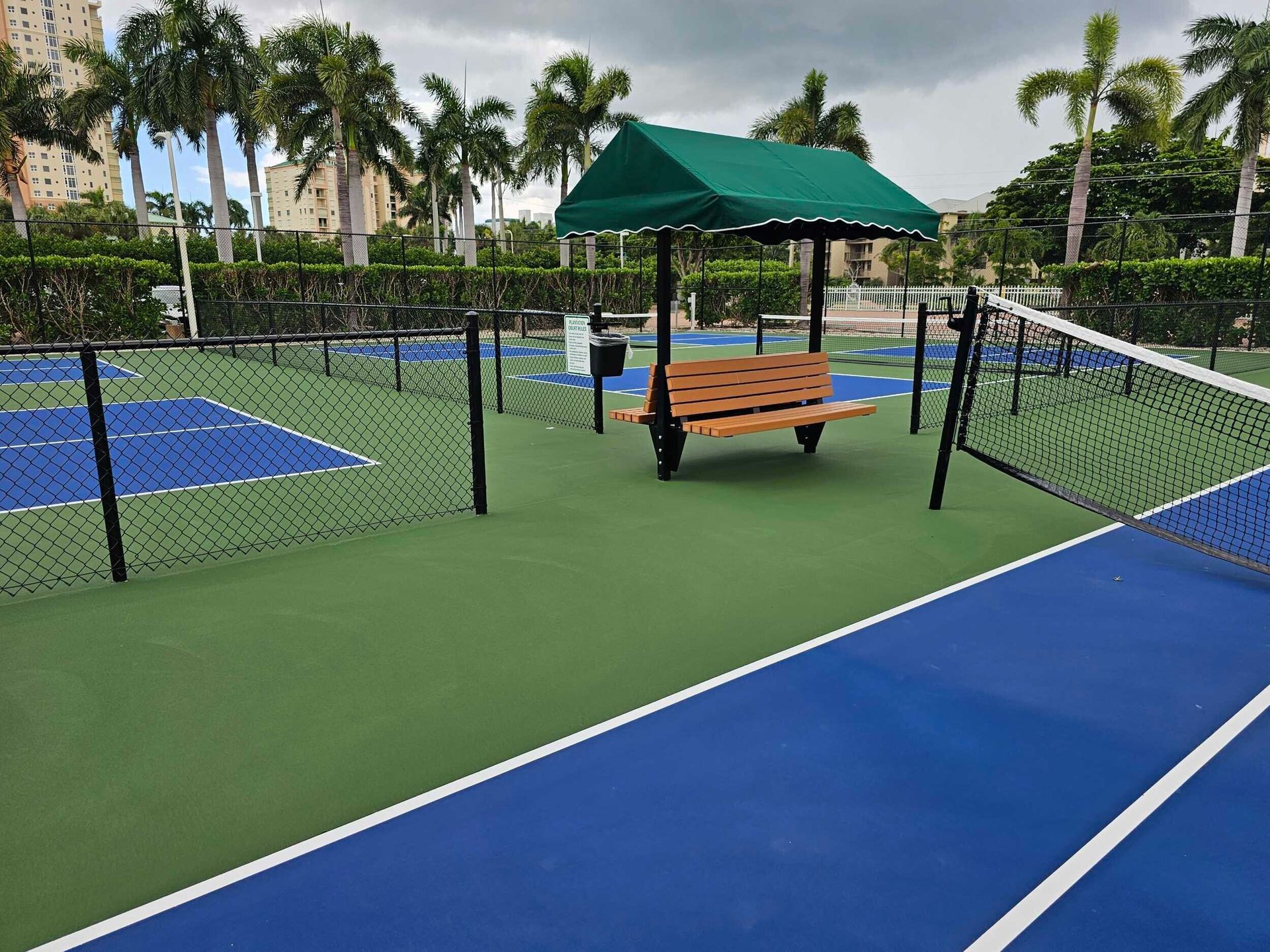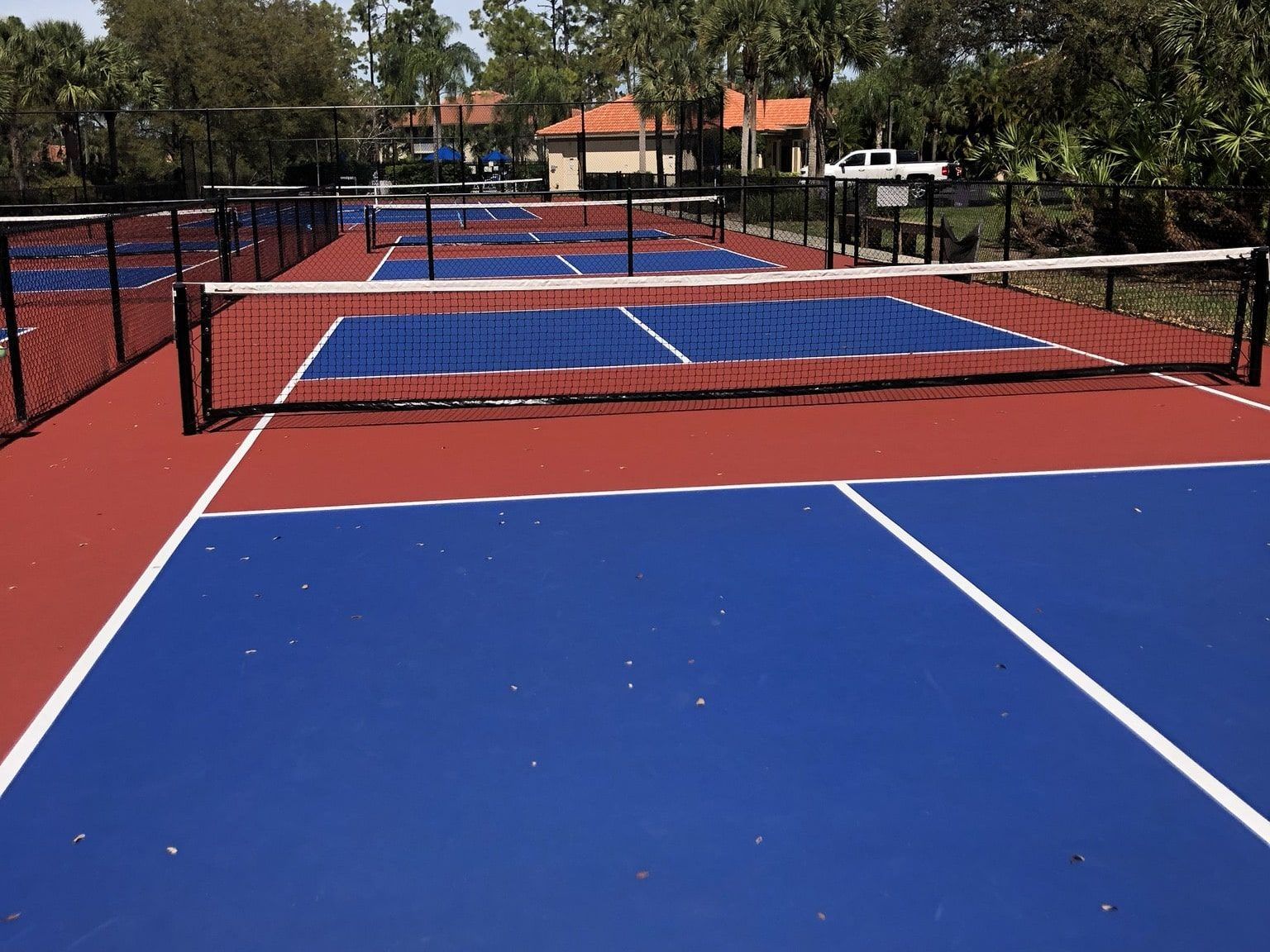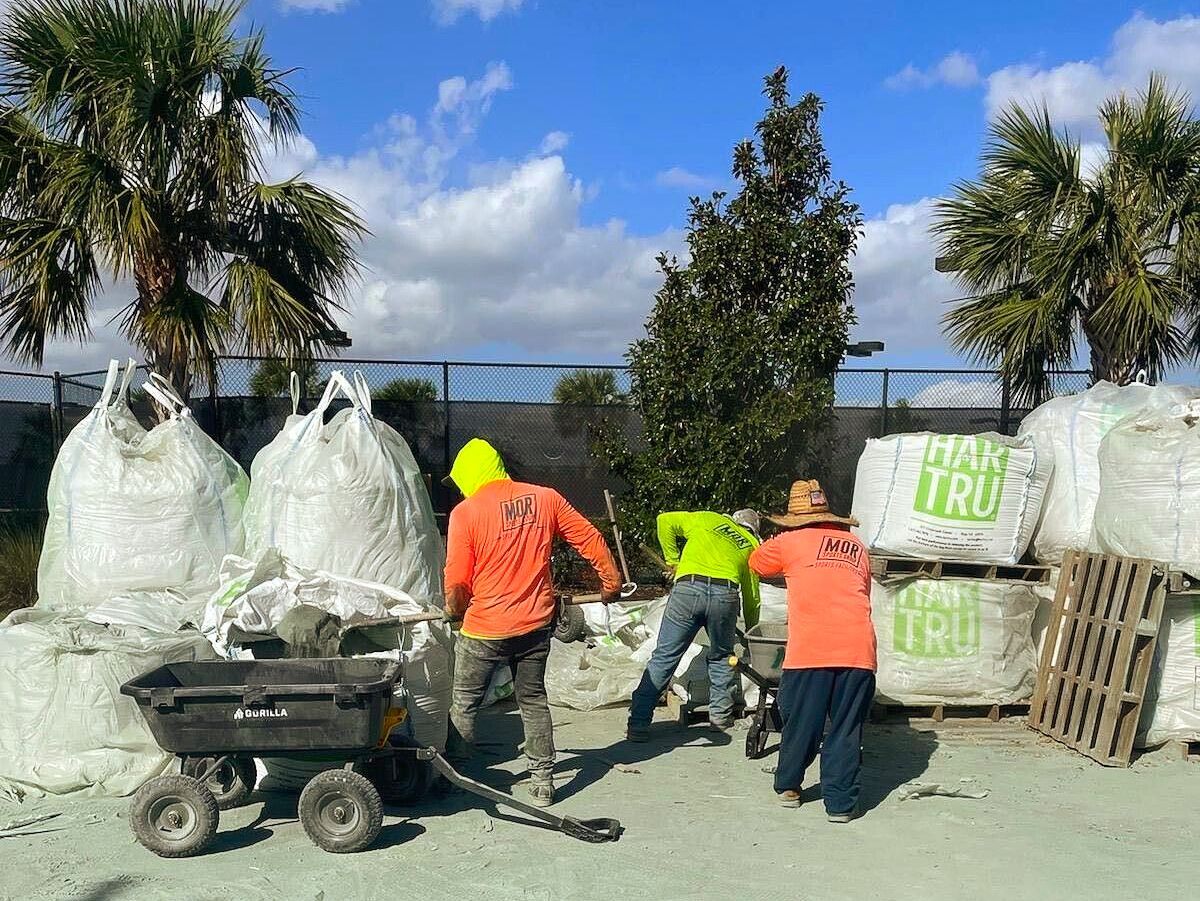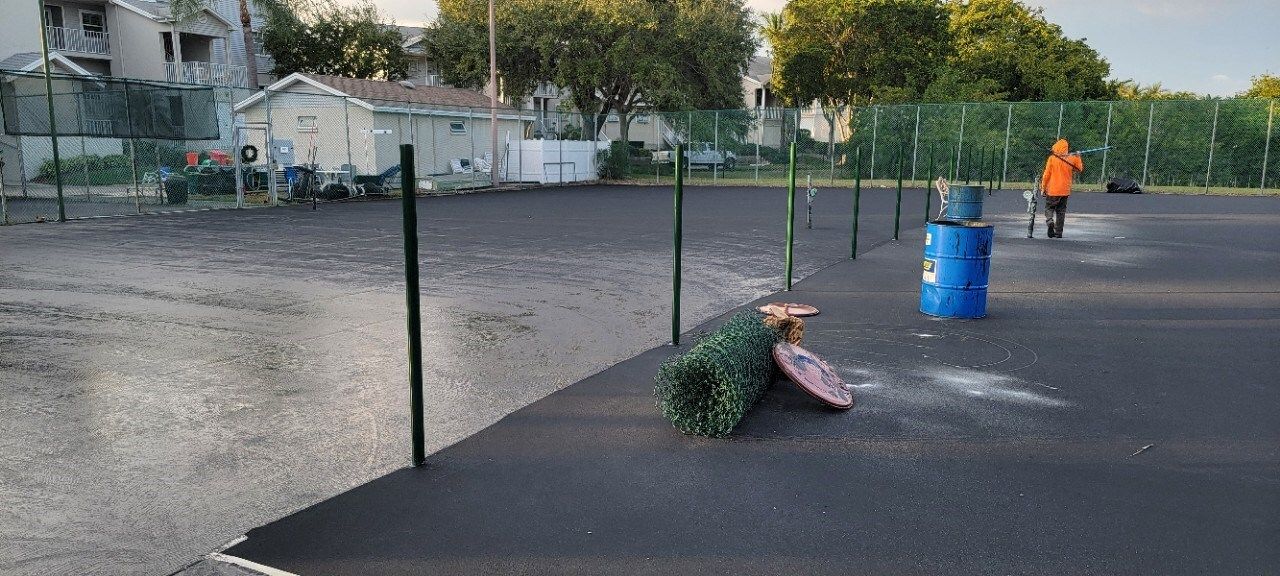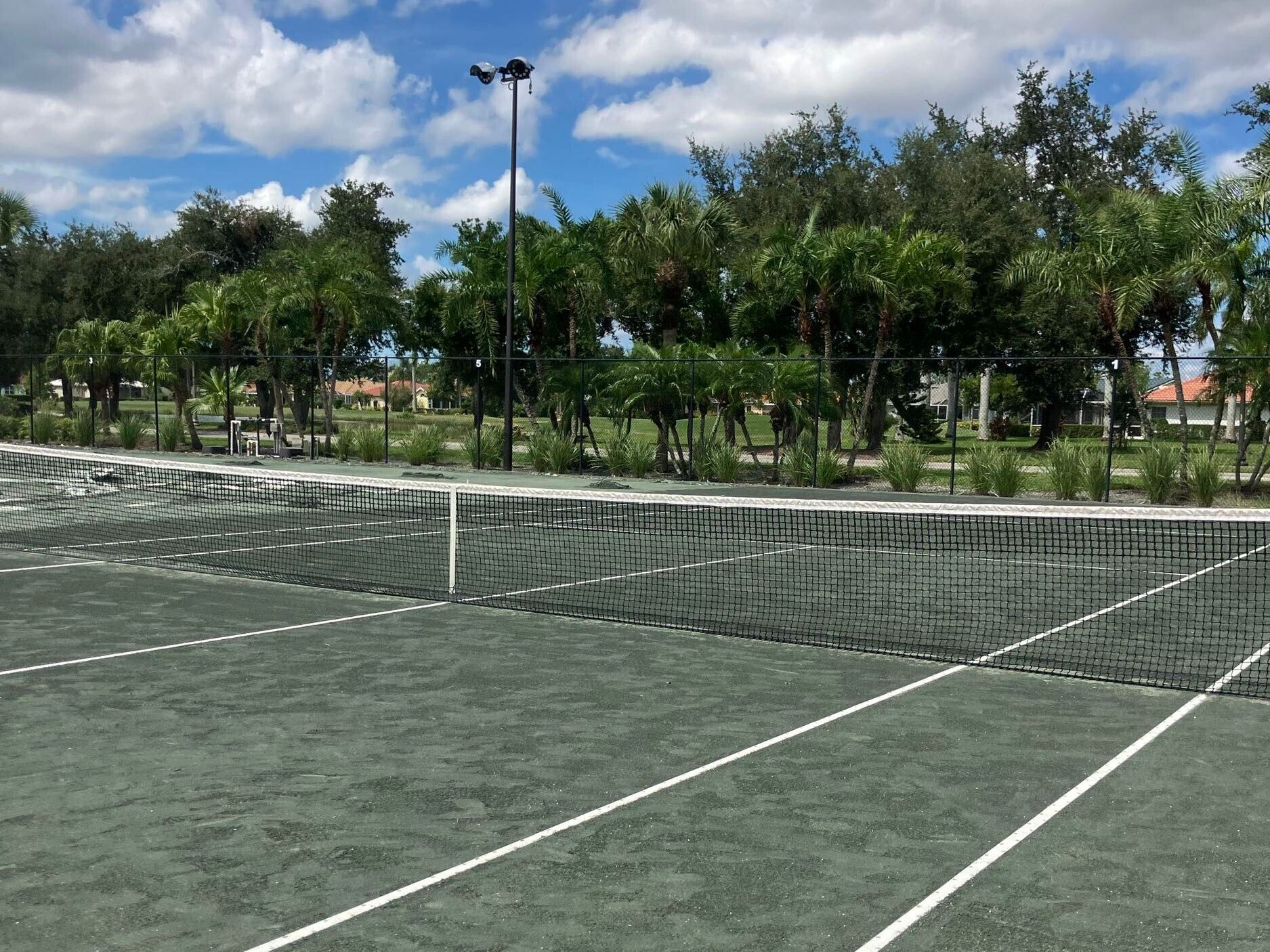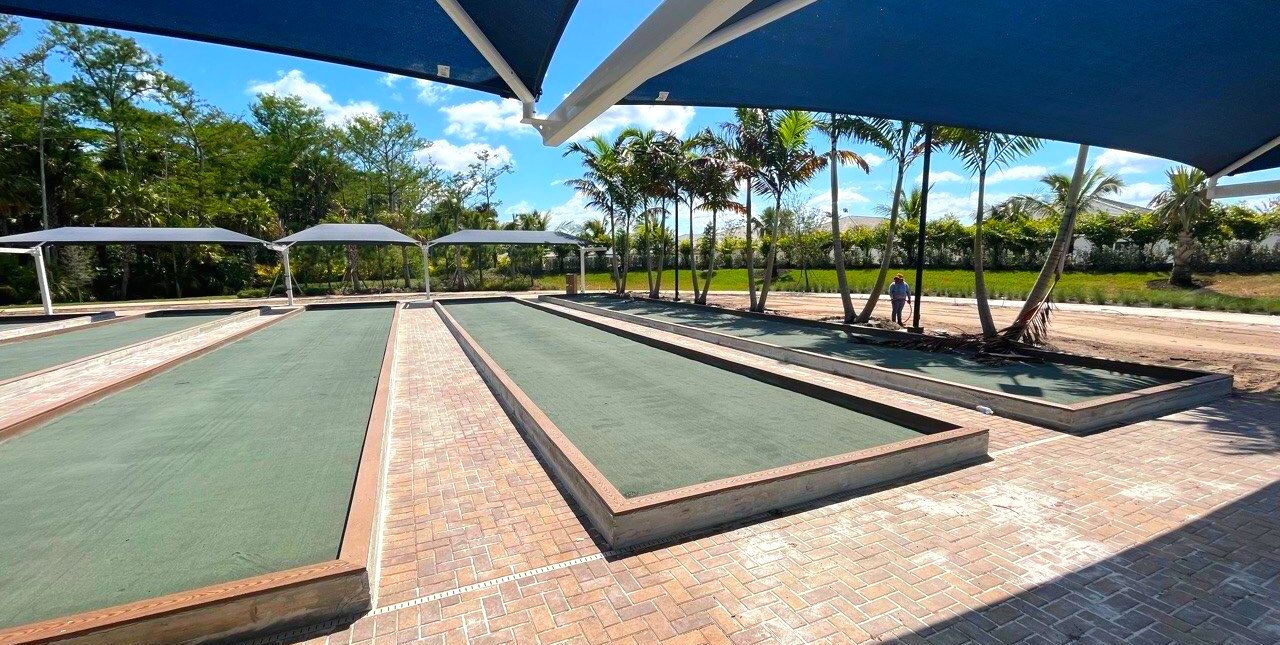Beginner’s Tips for Resurfacing a Pickleball Court: A Step-by-Step Guide
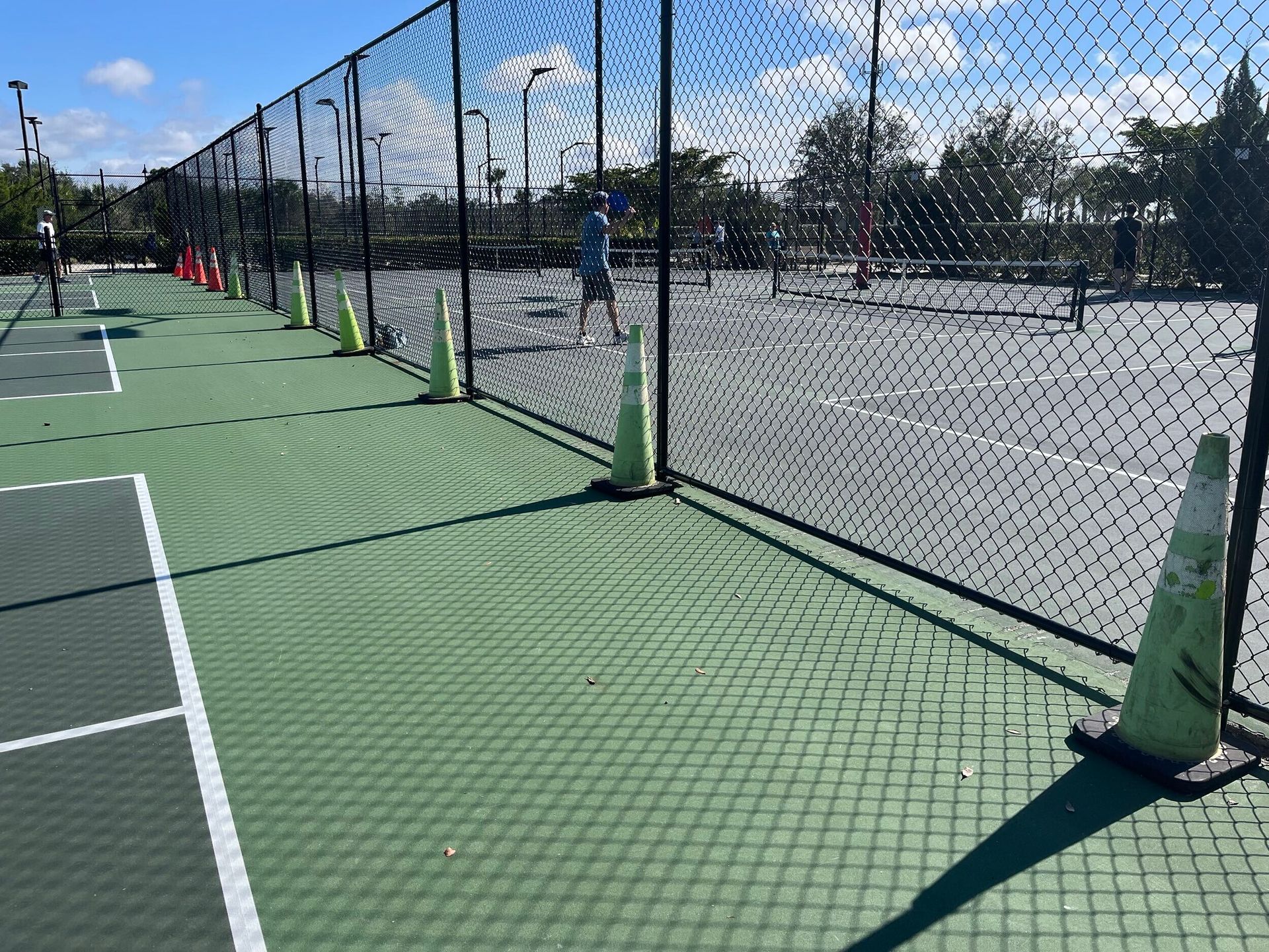
A smooth, well-maintained pickleball court makes all the difference in gameplay. Cracks, fading lines, and worn-out surfaces can make the game less enjoyable and even unsafe. If you're thinking about resurfacing your court but don’t know where to start, this guide will walk you through the entire process.
Why Resurfacing Your Pickleball Court Matters
A well-maintained pickleball court isn’t just about looks. It directly impacts how the game is played. A smooth surface provides consistent ball bounce and reduces the risk of injury. If you’ve been noticing uneven spots or faded lines, it might be time to give your court a refresh.
Resurfacing your pickleball court offers several key benefits that enhance both gameplay and safety. A freshly resurfaced court provides a smooth and even playing surface, which improves ball bounce and allows for better player movement. Cracks, uneven areas, and worn-out surfaces can create tripping hazards, making the court unsafe. By resurfacing regularly, you reduce the risk of injuries and ensure a more enjoyable experience for all players.
How Often Should You Resurface?
Resurfacing frequency depends on factors like weather conditions, usage, and court material.
- High-use courts – Every 3-5 years
- Backyard courts – Every 5-7 years
- Indoor courts – Less frequent but still need regular maintenance
If your court is showing cracks, peeling paint, or uneven surfaces, it’s time for a refresh. USA Pickleball’s official guide provides detailed information on court dimensions and layout, ensuring you get everything just right.
Signs Your Pickleball Court Needs Resurfacing
It’s easy to ignore small cracks or faded lines, but they can turn into more significant issues if left unattended. Keep an eye out for these warning signs:
- Visible Cracks – Small cracks can quickly expand, making the surface unsafe.
- Faded or Missing Lines – If you can’t see the lines clearly, it’s time for a new coat of paint.
- Uneven Surface – A bumpy or rough court affects ball bounce and player movement.
- Slippery Spots – Courts that stay slick after rain could benefit from a resurfacing treatment.
If your court has any of these issues, resurfacing will restore its playability and safety.
Choosing the Best Pickleball Court Surface
Not all surfaces are the same, and picking the right one depends on your location, budget, and level of play. Common pickleball court surfaces are:
- Concrete – Durable and long-lasting, but can be hard on the joints.
- Asphalt – A popular option, but prone to cracking over time.
- Synthetic Sports Surfaces – Cushioned and shock-absorbing for better comfort.
- Clay or Grass – Fun for recreational play but not ideal for professional games.
For long-term durability, engineered sports surfaces like cushioned acrylic coatings provide excellent grip and shock absorption.
Essential Tools and Materials for Resurfacing
Before you start, gather the necessary tools and materials. Having the right supplies ensures a smoother process.
Materials Needed
- Muriatic Acid – Used for cleaning and prepping the surface.
- Acrylic Crack Patch – Fills in cracks and smooths out imperfections.
- Resurfacer with Sand – Provides a solid base for painting.
- Pickleball Court Paint – High-quality, UV-resistant paint for durability.
- Line Tape or Chalk – Helps mark precise court lines.
Tools Required
- Power Washer – Cleans dirt and debris from the court.
- Squeegee or Roller – Helps apply resurfacing materials evenly.
- Measuring Tape – Ensures accurate court dimensions.
- Gloves and Safety Gear – Essential for handling chemicals safely.
You can find the necessary tools and materials for resurfacing a pickleball court at local hardware stores and specialty sports surface suppliers. Stores like Home Depot, Lowe’s, and Ace Hardware carry basic supplies such as muriatic acid, measuring tape, and safety gear.
Step-by-Step Guide to Resurfacing a Pickleball Court
Resurfacing a pickleball court is a step-by-step process that requires patience and attention to detail. Proper preparation ensures a smooth, durable playing surface that enhances gameplay and extends the life of your court. Follow these steps carefully to achieve a professional-quality finish.
Step 1: Preparing the Surface
Before applying any new coatings, the court must be thoroughly cleaned and prepped. A dirty or stained surface can cause poor adhesion, leading to premature wear and peeling. Proper preparation ensures the resurfacing materials bond effectively and provides a smooth, durable finish. Follow these steps to get your court ready:
- Sweep the court to remove dirt and debris.
- Use a power washer to clean the surface deep.
- Apply muriatic acid to remove stains and open pores in the concrete.
- Let the court dry completely before moving to the next step.
Step 2: Repairing Cracks and Uneven Areas
Cracks and uneven surfaces can affect ball bounce and player movement, so it’s essential to fix any imperfections before moving forward. Filling cracks and leveling uneven areas will help create a professional-quality playing surface. Here’s what to do:
- Use an acrylic crack patch to fill any cracks.
- Smooth out uneven areas with a resurfacer.
- Allow time for everything to dry before continuing.
Step 3: Applying the Base Coat
A solid base coat provides a uniform foundation for the color layers, ensuring even application and long-term durability. This step helps the court withstand heavy use and harsh weather conditions. Apply the base coat by following these steps:
- Apply two coats of black resurfacer to create a uniform base.
- Let each coat dry for a few hours before applying the next.
Step 4: Painting the Court
Once the base coat has dried, it’s time to apply the playing surface color. The right paint ensures a durable, UV-resistant finish that holds up against weather and frequent play. To achieve an even and long-lasting color application, follow these steps:
- Mix the PickleMaster court paint with the proper color concentrate.
- Apply two coats of paint, ensuring an even finish.
- Let it dry completely before moving on.
Step 5: Taping and Painting Court Lines
Clear and precise court lines are crucial for gameplay. Proper taping and painting techniques help achieve professional-looking results and improve visibility during matches. Follow these steps to mark the court accurately:
- Mark court lines with chalk or tape for precision.
- Use high-quality line paint to ensure long-lasting markings.
- Remove the tape while the paint is still wet to prevent peeling.
Common Mistakes to Avoid When Resurfacing
Resurfacing a pickleball court requires precision, as small mistakes can lead to costly repairs or poor playability. Skipping surface preparation can cause poor adhesion, leading to cracks and peeling. Failing to repair uneven spots affects ball bounce and movement. Proper cleaning and repairs ensure a long-lasting, professional finish.
Using the wrong tape for court lines results in paint bleeding—Frog Tape provides crisp edges. Rushing the process or skipping drying times can cause bubbling or peeling. Applying a resurfacer and paint evenly with a squeegee prevents streaks. Taking time to do each step properly ensures a durable, high-quality court.
How Mor Sports Group Can Help
For those who want a professional-quality pickleball court, Mor Sports Group offers expert resurfacing services. They specialize in high-performance sports surfaces, ensuring durability, slip resistance, and longevity.
Why Choose Mor Sports Group?
- Custom court solutions tailored to your needs
- High-quality materials designed for long-term performance
- Professional installation for a flawless playing surface
Whether you’re updating an existing court or building a new one, Mor Sports Group has the expertise to create a premium playing experience.
Conclusion
Resurfacing your pickleball court improves gameplay, safety, and durability. With the right materials and techniques, you can restore your court to its best condition. You can choose to tackle the project yourself or hire professionals like Mor Sports Group to ensure a flawless finish. Maintaining your court properly will guarantee years of great play. Get started today and enjoy a fresh, professional-looking pickleball court!

